This set of lessons introduces various scientific and engineering processes that transform plants into items such as rubber, fuel, and other valuable products. In addition, these lessons demonstrate the applicability of engineering and chemistry to everyday life and future careers.
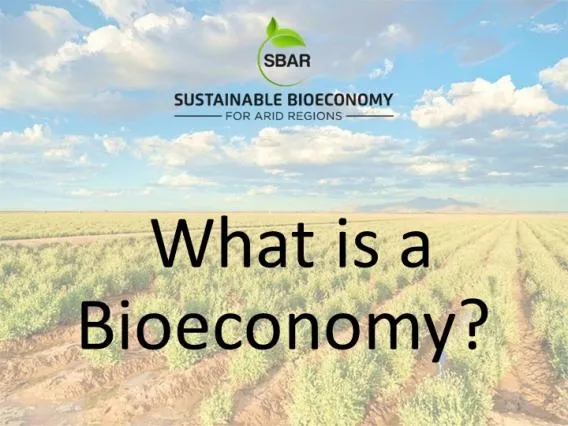
What is a Bioeconomy?
Author: Arisbeth Ibarra Nieblas
Subject/Class: Science
Grade Level: 6th – 8th grades
Summary: This lesson introduces students to the concept of a bioecomony. Students gain an understanding of the environmental impacts and processes of commonly used products.
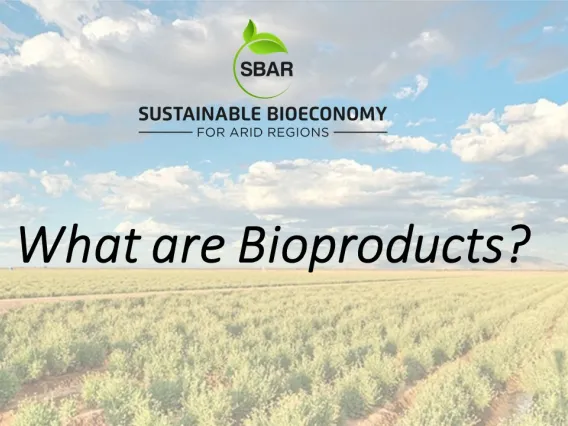
What are Bioproducts?
Author: Arisbeth Ibarra Nieblas
Subject/Class: Science
Grade Level: 6th – 8th grade
Summary: This lesson introduces students to the concept of a bioeconomy and what makes a bioproduct. Students gain an understanding of the environmental impacts and processes of commonly used products.

Separation of a Mixture
Author: Laura Rodriguez-Uribe, Ph.D.
Subject: Science, Chemistry
Grade Level: 8th – 12th grade
Summary: The physical properties of matter are useful to separate molecules from each other. In this activity, students develop a method to separate a mixture of four substances with different physical properties and calculate each substance's percent recovery after separation. Students are introduced to guar and guayule - two crops that produce plant compounds (mixtures) essential to the food, pharmaceutical, and tire industries. Students are also introduced to the technology used to separate important compounds from guar and guayule.

Exploring Oil Extraction
Author: Matt Swanson
Subject: Science-Biology, Botany, Environmental Science
Approximate Grade Level: 7th - 11th
Summary: In this activity, students will engage in the process of extracting oil from a plant resource such as peanuts or similar tree nut. Students will practice measuring mass and calculating the percentage of the extract and byproducts of the extraction process. Through this process, students will deepen their understanding of how valuable commodities like fuel and rubber can be extracted from plants
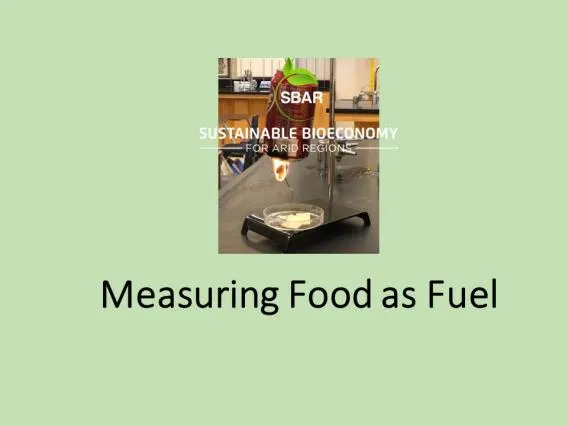
Food to Fuel
Author: Matthew Katterman, Tracy Klein, Matt Swanson
Subject: Chemistry, Biology, Plant Biology
Approximate Grade Level: 7th – 10th
Summary: In this lesson students learn how to calculate the number of calories in a food item. Through a lab experiment, students will calculate changes in mass and temperature to determine calories. Students will gain an understanding of the way to measure energy content in food.
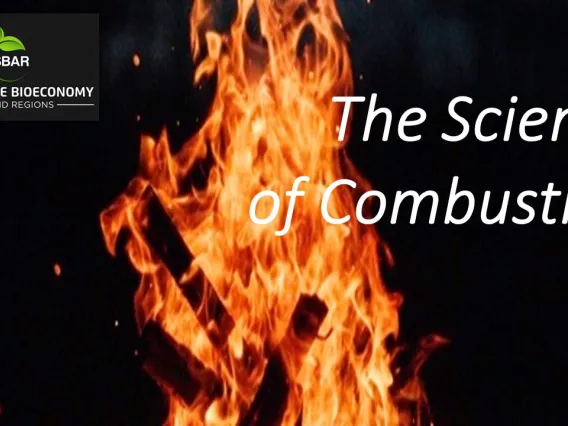
The Science of Combustion
Author: Shermal Fernando, Jacob Usrey, and Catherine Brewer
Subject/Class: Science
Grade Level: 6th – 9th grades
Summary: This lesson introduces students to the science of combustion. Students will learn the stages of combustion and the characteristics of those stages. The lesson includes hands-on marshmallow toasting and the creation of posters in which students discuss factors related to combustion such as fuel, smoke, and transfer of thermal energy.
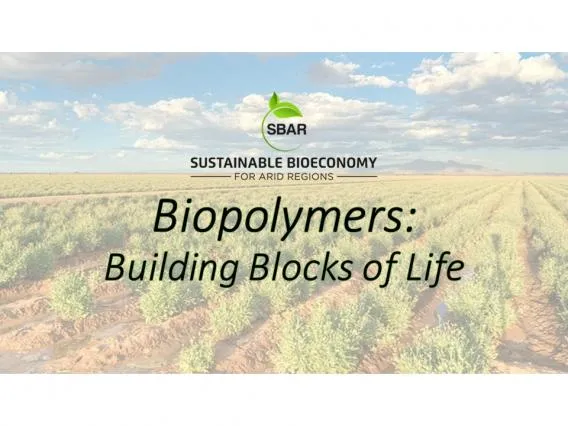
Biopolymers: Building Blocks of Life
Author: Shermal Fernando, Darien Pruitt, Catherine Brewer
Subject: Science
Grades: 6th-10th
Summary: This lesson plan introduces the building blocks of living organisms: monomers and polymers. The activities provide hands-on learning to connect the concepts of structure and function, and to practice data analysis for identifying data descriptors and explaining their meanings. The lesson describes molecular structures to show plants’ ability to form complex polymers for energy storage.

STEM Career Exploration
Author: Ali Yaylali
Subject: Science, Career and Technical Education
Grade Level: 6th - 12th
Summary: In this lesson students explore a range of STEM careers by watching video interviews on the SBAR YouTube channel. Students learn about a variety of careers and the problems those careers are helping solve.
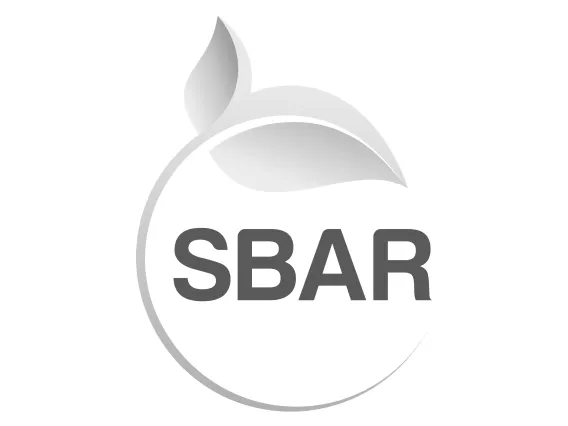
Fun with Physics and Guar
Lesson coming soon

Fermentation: Sugar to Fuel
Lesson coming soon

